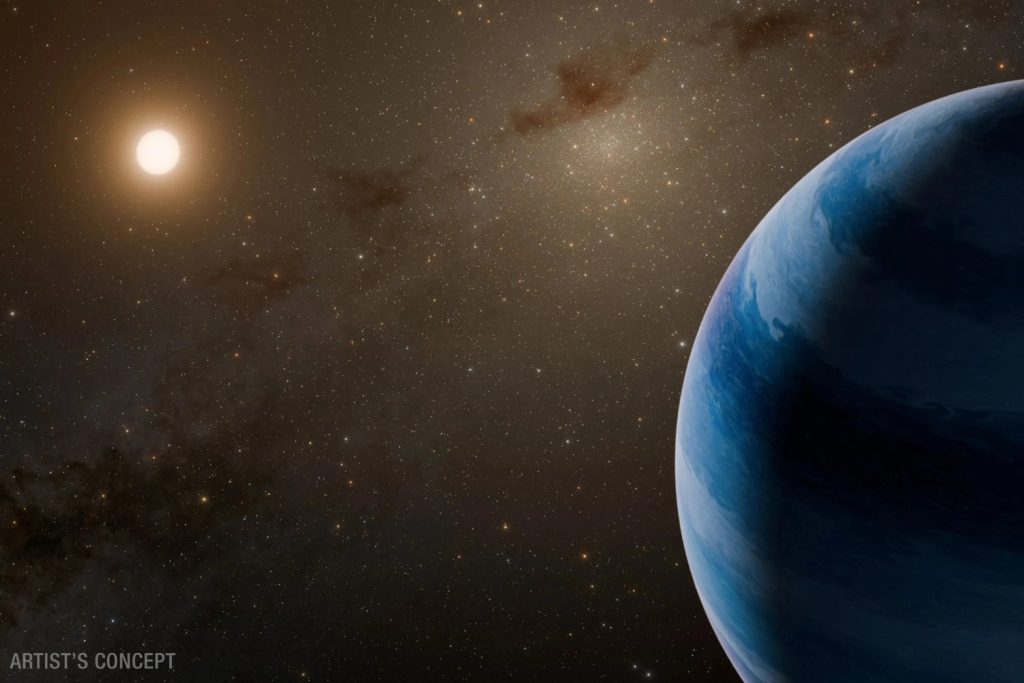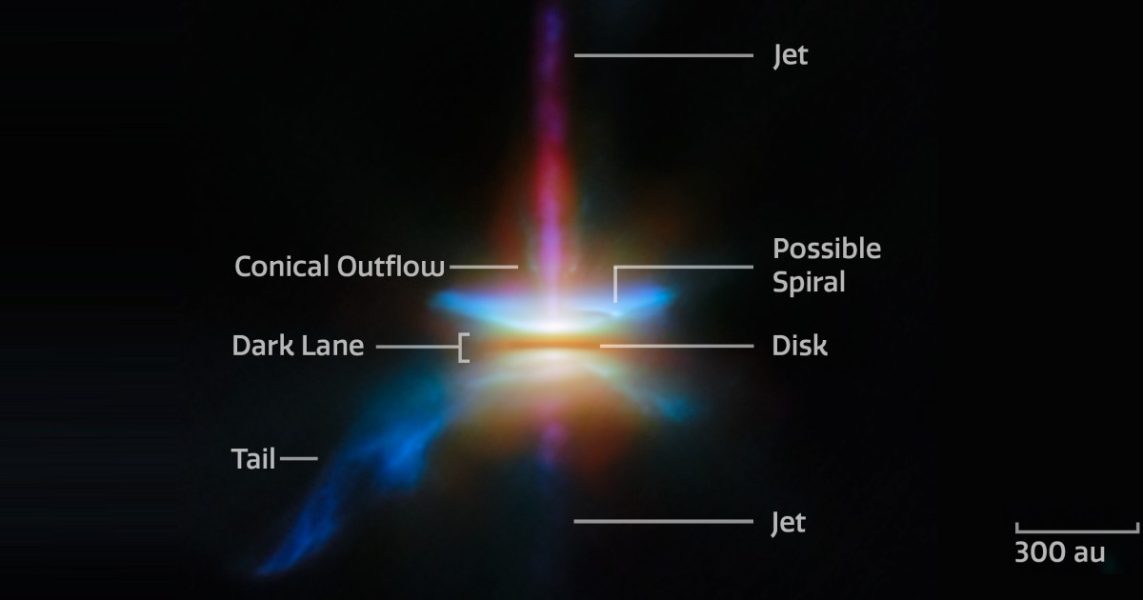Astronomers Track a Runaway Star and Its Planet Traveling at Hyperspeed – Gizmodo

A small star and its orbiting planet are flying through the Milky Way at record pace, according to a NASA team’s analysis of the object.The system is believed to be traveling at least 1.2 million miles per hour (1.93 million kilometers per hour), according to a NASA release, which would make the exoplanet the first found orbiting such a fast-moving star. The team’s analysis was published in The Astronomical Journal.The objects were first spotted in 2011 after astronomers’ review of archival data from Microlensing Observations in Astrophysics (MOA). The team that made that discovery believed the objects were one of two things: either a star larger than our Sun and a planet about 29 times heavier than Earth, or a planet about four times the size of Jupiter with a moon smaller than our planet. Either way, the larger object is about 2,300 times heavier than its partner.The team calculated system’s transverse velocity, or the amount it moved across the sky, to determine its speed. Data from the Keck Observatory and ESA’s Gaia satellite indicate that the object is a star, but the team intends to revisit the object in a year to see if it moved in the correct direction and by the right amount of distance to match it up with the 2011 signal.“If high-resolution observations show that the star just stays in the same position, then we can tell for sure that it is not part of the system that caused the signal,” said study co-author Aparna Bhattacharya, a research scientist at NASA Goddard and the University of Maryland, College Park, in the same release. “That would mean the rogue planet and exomoon model is favored.”Based on the system’s superlative speed, it may be a hypervelocity star system. Such a system may have reached its extreme speed through interactions with the gravitational fields of other stars or objects like black holes, which have extremely strong gravitational fields.Exoplanets are worlds that exist beyond our solar system. They come in many shapes and sizes; some are so-called super-Earths—large rocky worlds like our own planet. Others are super-Neptunes—gaseous worlds like Neptune, but larger, or hot Jupiters—exoplanets of similar size to Jupiter but orbiting their host star much closer than Jupiter does the Sun, rendering them much warmer.Several years ago, the Webb telescope revealed a familiar exoplanet’s atmosphere in sharper detail than ever before. Last September, astronomers identified one of the most massive exoplanets ever found. The following month, five years of data from the European Southern Observatory’s Very Large Telescope confirmed that the closest star to the Sun has an exoplanet traveling alongside it through the cosmos.Just last month, the first-ever-documented supersonic winds were found ripping through WASP-127b, a world slightly larger than Jupiter discovered in 2016. Some of the most exotic exoplanets can be explored in a NASA catalogue published in May 2024.The Roman Space Telescope, set to launch by May 2027, should reveal more of these mysterious worlds—as well as a wealth of new discoveries across the cosmos.“In this case we used MOA for its broad field of view and then followed up with Keck and Gaia for their sharper resolution, but thanks to Roman’s powerful view and planned survey strategy, we won’t need to rely on additional telescopes,” Terry said in the same release. “Roman will do it all.”Until then, we can revel in the ludicrous speed of this star and its planet—and wait for their identity to be confirmed, perhaps as soon as next year.
exoplanetsMilky Waystars
Get the best tech, science, and culture news in your inbox daily.
News from the future, delivered to your present.
Please select your desired newsletters and submit your email to upgrade your inbox.
Powered by laser light, this tiny sail lays the groundwork for future advances in lightsail technology and the potential for interstellar propulsion.
The jet winds are moving at nearly six times the speed of the exoplanet’s rotation.
The intrepid mapping mission has collected more than three trillion observations that’ll change the way we see our neck of the cosmic woods.
A star system 5,000 light-years from Earth, surrounded by layers of dust, could help scientists better understand the final stages of stellar life.
The cutting-edge observatory is charged with seeing some of the earliest visible light, and the recent image achieves a new milestone in stellar astronomy.
Perplexing data in the early 2000s raised questions about how planetary formation began in the universe, and new data from Webb provides some answers.
Best of CES 2025 Awards ➜We may earn a commission when you buy through links on our sites.
©2025 GIZMODO USA LLC. All rights reserved.Mode
Follow us
Mode
Follow us






